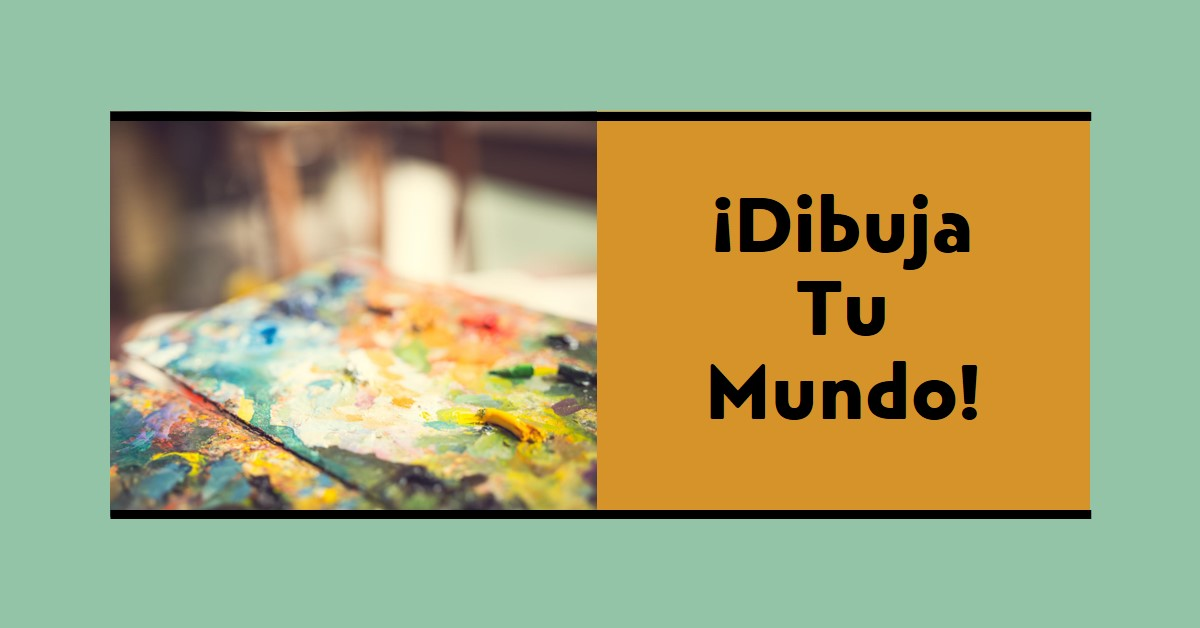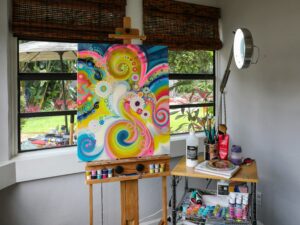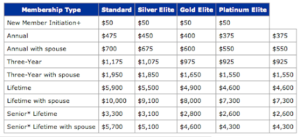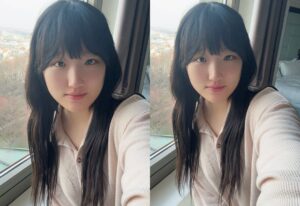
Discover the endless possibilities of 'dibujarías' - from beginner drawing tips to advanced techniques. Learn how to unleash your creativity
Introduction
What is Dibujarías? If you’re asking this, you’re in for a treat. Dibujarías, stemming from the Spanish verb “dibujar” which means “to draw,” encapsulates the entire realm of drawing. Drawing, a universal language of visual storytelling, has carved a significant niche in human culture, transcending time and geography.
The Origin of Dibujarías
The term “dibujarías” finds its roots in the Latin word “de” (of) and “bujar” (to draft), highlighting the act of drafting or sketching. Historically, drawing served as a fundamental mode of communication, predating written language. From cave paintings to modern illustrations, the evolution of dibujarías reflects humanity’s intrinsic need to express and document experiences visually.
Types of Dibujarías
Drawing is a multifaceted art form, encompassing various styles and techniques:
Traditional Drawing
- Pencils, Charcoal, and Ink: These classic tools offer a tactile and direct connection to the paper, allowing for a wide range of textures and shades.
- Paper Types: The choice of paper can dramatically influence the outcome, from smooth Bristol boards to textured watercolor papers.
Digital Drawing
- Tablets and Styluses: The rise of digital technology has revolutionized drawing, offering precision and versatility with tools like Wacom tablets and Apple Pencils.
- Software and Applications: Programs such as Adobe Photoshop, Procreate, and Corel Painter provide infinite possibilities for digital artists.
Hybrid Techniques Combining traditional and digital methods, artists can create unique works that leverage the strengths of both worlds.
Tools and Materials for Dibujarías
For those eager to dive into dibujarías, understanding your tools is crucial:
Traditional Tools
- Pencils, Charcoal, and Ink: These staples provide the foundation for most traditional drawings. Experimenting with different grades of pencils (from soft 9B to hard 9H) and types of charcoal can add depth to your work.
- Paper Types: Smooth, rough, or specialty papers each offer distinct experiences and results. Exploring various types can help you find your preference.
Digital Tools
- Tablets and Styluses: Devices like the iPad Pro or Wacom Cintiq have made digital drawing accessible and intuitive.
- Software and Applications: Mastery of programs like Adobe Illustrator or Clip Studio Paint can significantly enhance your digital artistry.
Techniques in Dibujarías
Mastering drawing requires honing various techniques:
Basic Drawing Techniques
- Line Drawing: The foundation of all drawings, focusing on the contours and outlines.
- Shading and Texturing: Adding depth and dimension through controlled shading and texturing techniques.
Advanced Techniques
- Perspective Drawing: Creating the illusion of three-dimensionality on a two-dimensional surface.
- Anatomical Accuracy: Understanding human and animal anatomy to enhance realism in figurative works.
Famous Dibujarías Artists
Drawing has been graced by numerous luminaries:
Historical Figures
- Leonardo da Vinci: Renowned for his anatomical sketches and inventive mind.
- Michelangelo: Celebrated for his mastery of human form and movement.
Contemporary Artists
- Hayao Miyazaki: Revered for his intricate storyboards and character designs in animation.
- Kim Jung Gi: Known for his astounding ability to draw complex scenes from memory.
The Psychological Benefits of Dibujarías
Engaging in dibujarías offers numerous mental health benefits:
Stress Relief and Mental Health Drawing can be meditative, providing a break from daily stressors and promoting relaxation.
Enhancing Creativity Regular practice fosters creativity, encouraging novel ways of thinking and problem-solving.
Educational Value of Dibujarías
Drawing isn’t just an artistic skill; it’s an educational tool:
Teaching Drawing in Schools Incorporating drawing in education enhances cognitive abilities and encourages creative thinking.
Self-Taught Artists Many artists develop their skills independently, showcasing that formal training, while beneficial, isn’t always necessary.
Dibujarías in Modern Media
The influence of drawing permeates various media:
Animation and Comics Drawing forms the backbone of these storytelling mediums, from character design to storyboarding.
Concept Art and Design In gaming and film industries, concept artists use drawing to visualize characters, settings, and scenes before they are brought to life.
How to Start Dibujarías
Embarking on your drawing journey? Here’s how to begin:
Setting Up Your Workspace Create a dedicated, comfortable space with good lighting and minimal distractions.
Basic Exercises for Beginners Start with simple exercises like contour drawing and still life sketches to build confidence and skill.
Common Mistakes and How to Avoid Them
Every artist encounters pitfalls. Here’s how to sidestep some common ones:
Overworking a Drawing Learn to recognize when a piece is complete to avoid overworking and muddling your work.
Ignoring Proportions Understanding and maintaining correct proportions is key to creating believable drawings.
Developing Your Style in Dibujarías
Your unique artistic voice sets you apart:
Finding Inspiration Draw inspiration from the world around you and other artists’ works.
Experimenting with Techniques Don’t be afraid to try new methods and materials to discover what resonates with you.
Sharing Your Dibujarías
Showcasing your work can be rewarding:
Social Media Platforms Instagram, DeviantArt, and other platforms allow you to share your art with a global audience.
Art Communities and Forums Engage with fellow artists, receive feedback, and grow through communities like Reddit’s r/Art.
Making a Career Out of Dibujarías
Turning passion into profession:
Freelancing Offer your skills for commissions, illustrations, and other projects.
Working in Creative Industries Pursue careers in animation, graphic design, game design, and more.
Conclusion
Drawing, or dibujarías, is a timeless art form that continues to evolve and inspire. Whether you’re a beginner or a seasoned artist, there’s always something new to learn and explore. So pick up that pencil, start sketching, and let your creativity flow!
FAQs
What is the best way to improve my drawing skills? Practice regularly, study anatomy, and observe the world around you to enhance your skills.
Can anyone learn to draw? Yes, with dedication and practice, anyone can learn to draw.
How long does it take to become good at drawing? It varies for each individual, but consistent practice over months or years is key to improvement.
What are the best resources for learning to draw? Books, online tutorials, and art classes are excellent resources for learning to draw.
How can I find my own art style? Experiment with different techniques and media, and draw inspiration from various sources to develop your unique style.
Read More:
Understanding ChatGPT: The Revolutionary AI Conversational Model







